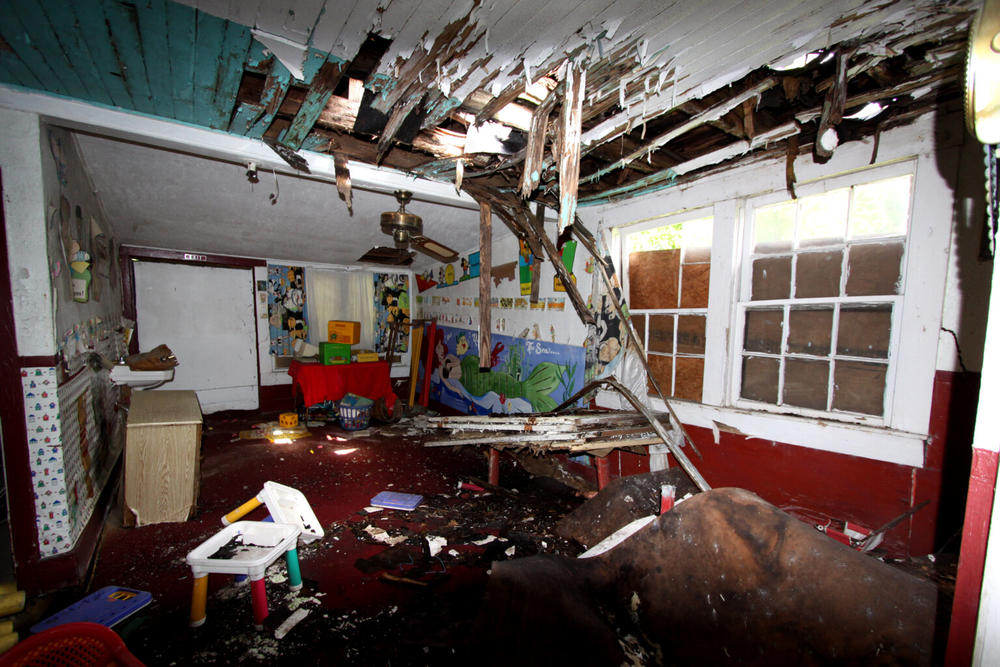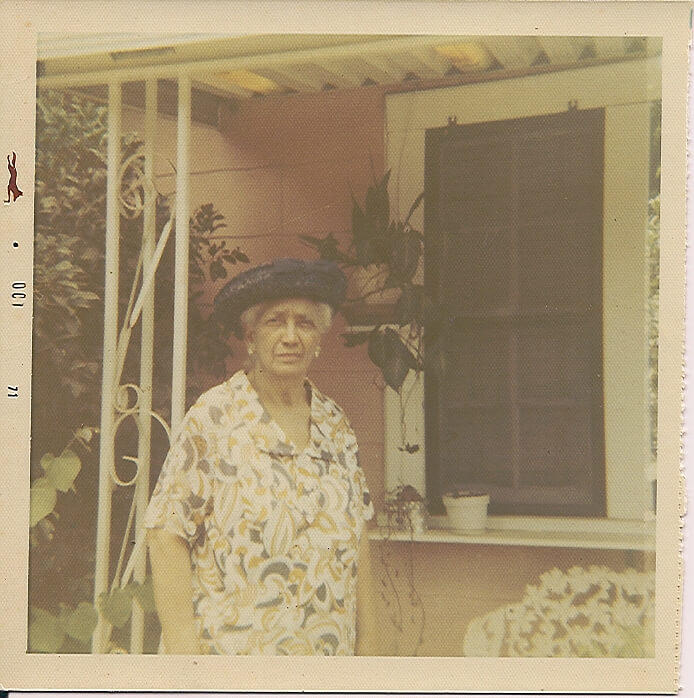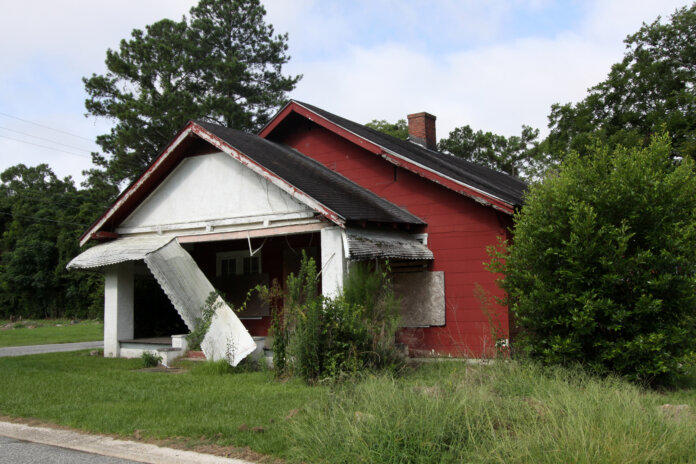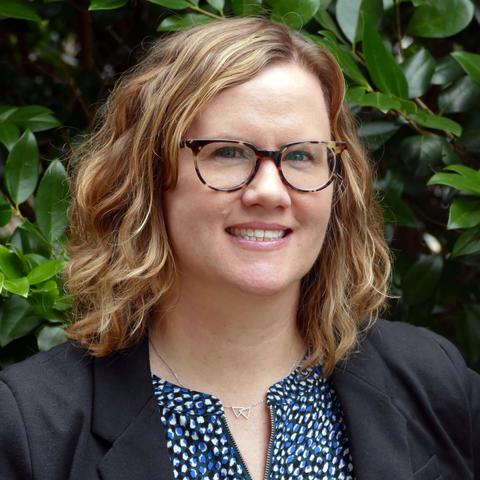
Caption
The Georgia B. Williams Nursing Home in Camilla, Ga., was just named one of the country’s “most endangered historic places.” During the Jim Crow era, the home was one of the only places where Black mothers could receive maternity care and midwife Beatrice Borders delivered more than 6,000 babies at the site during her career.
Credit: Photo courtesy of the National Trust for Historic Preservation



